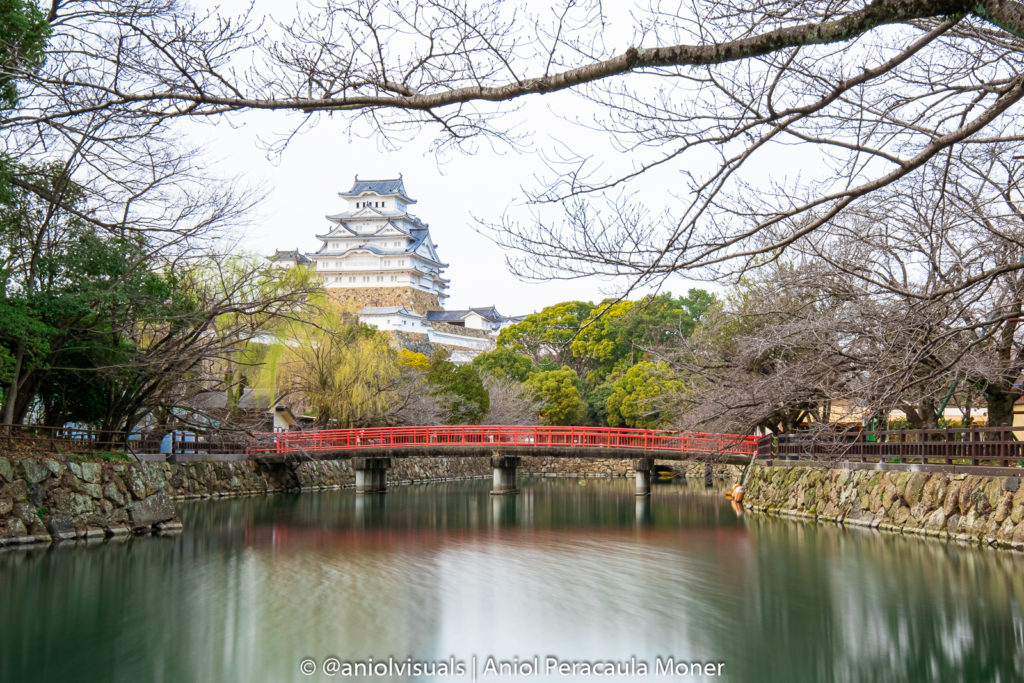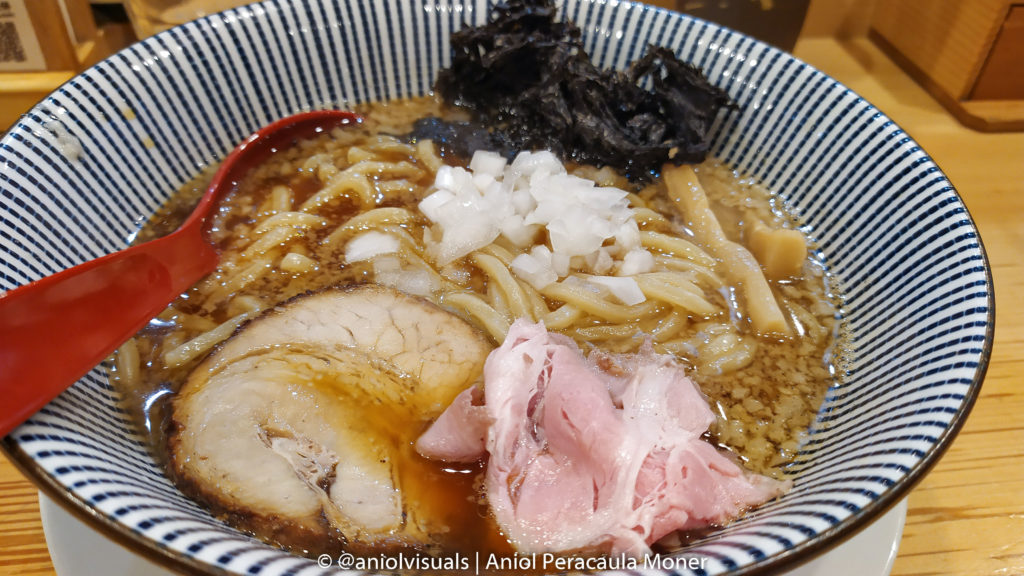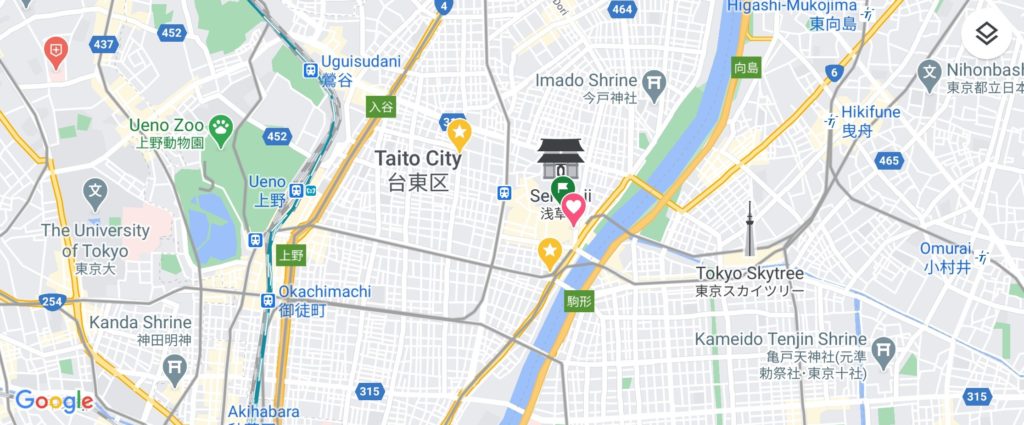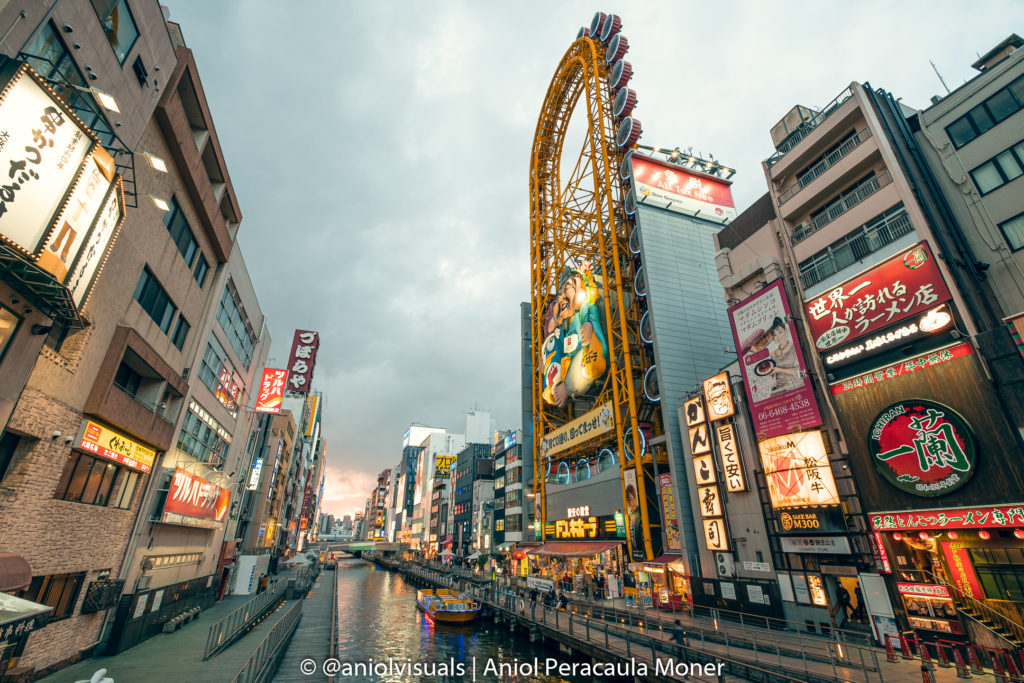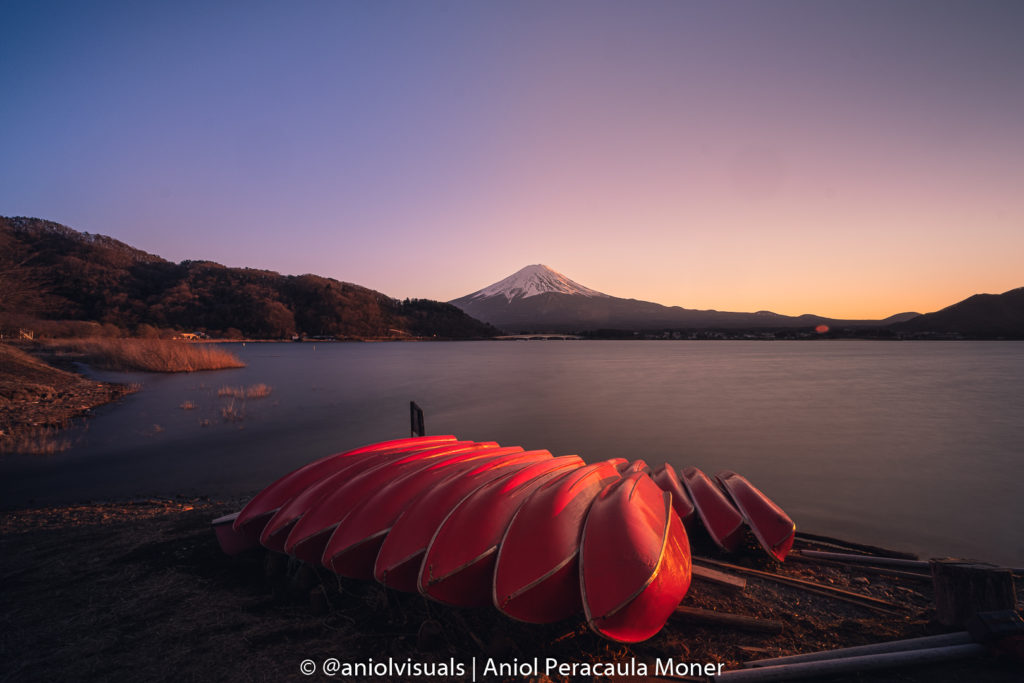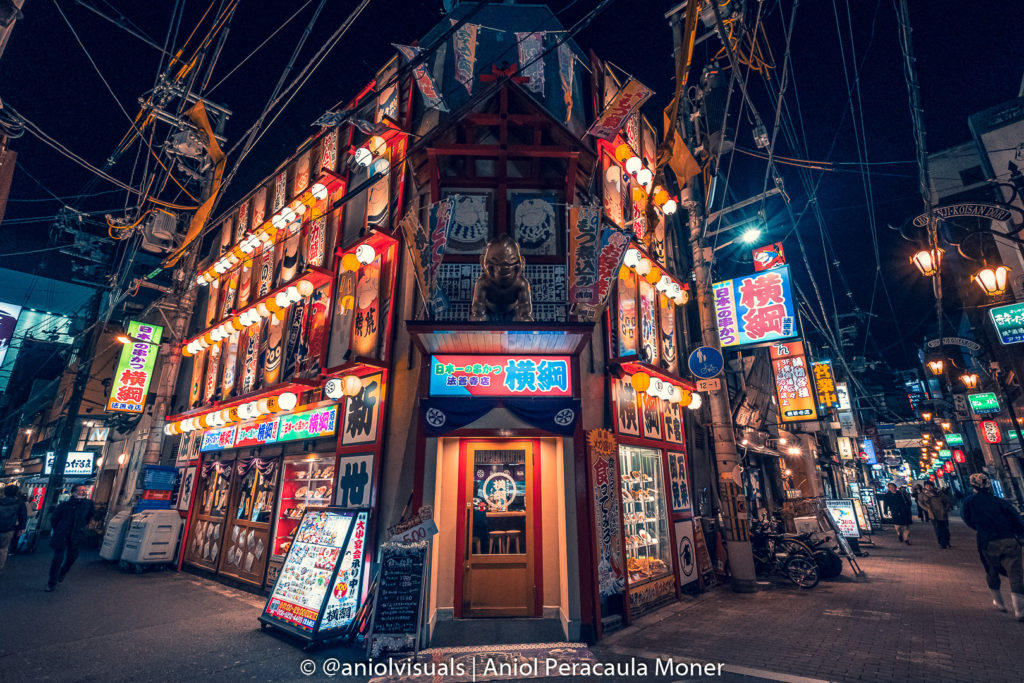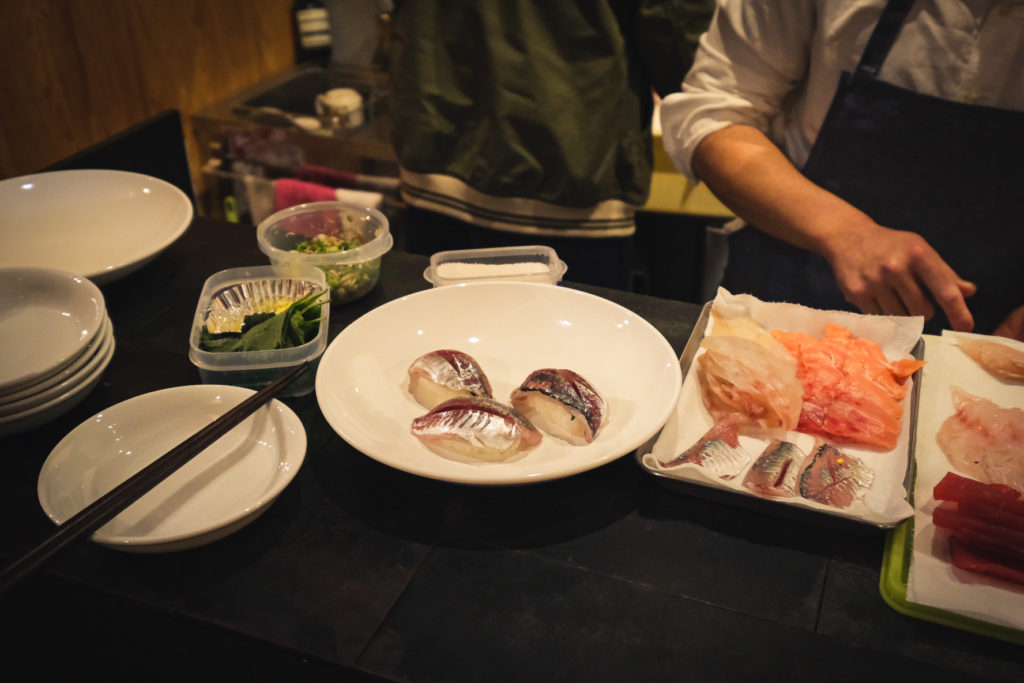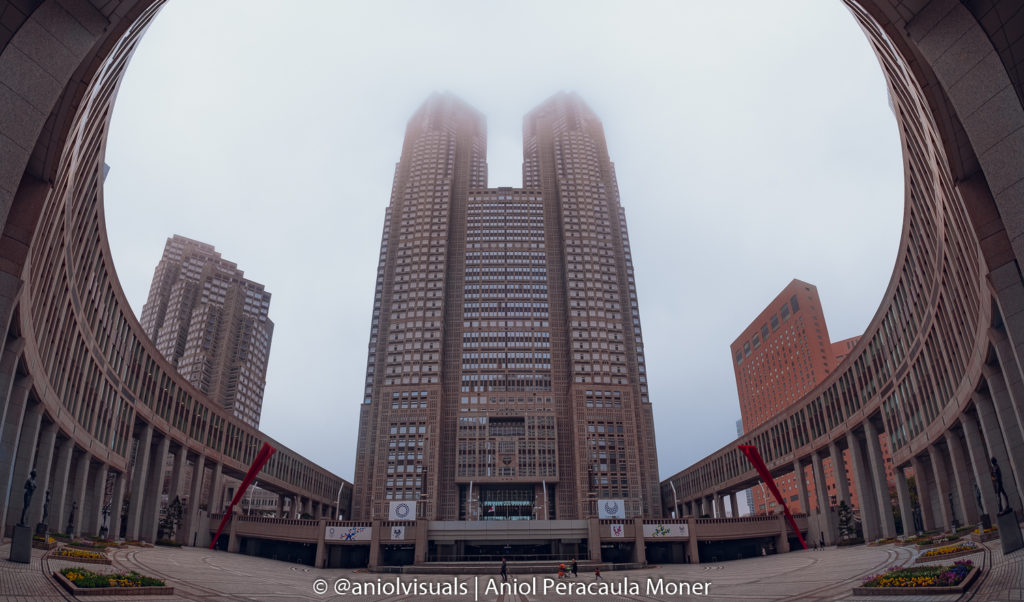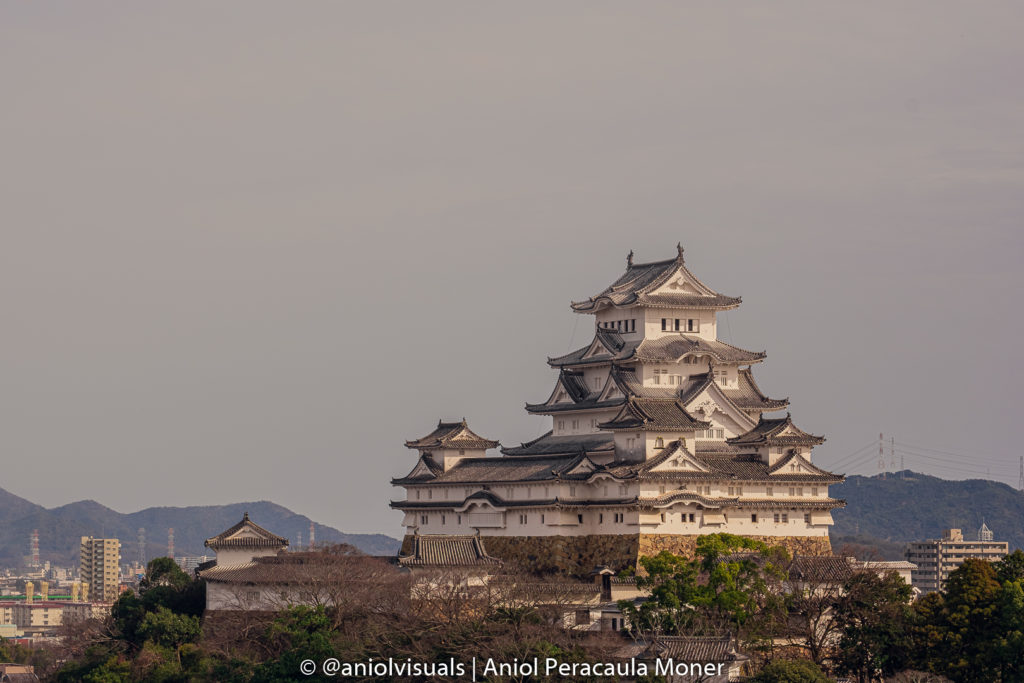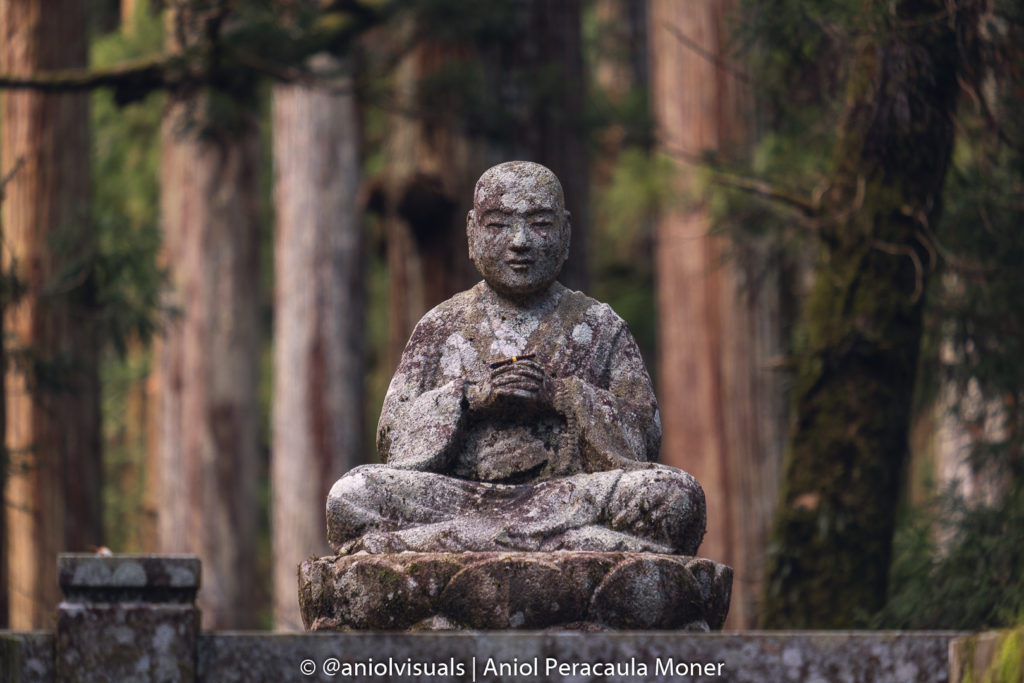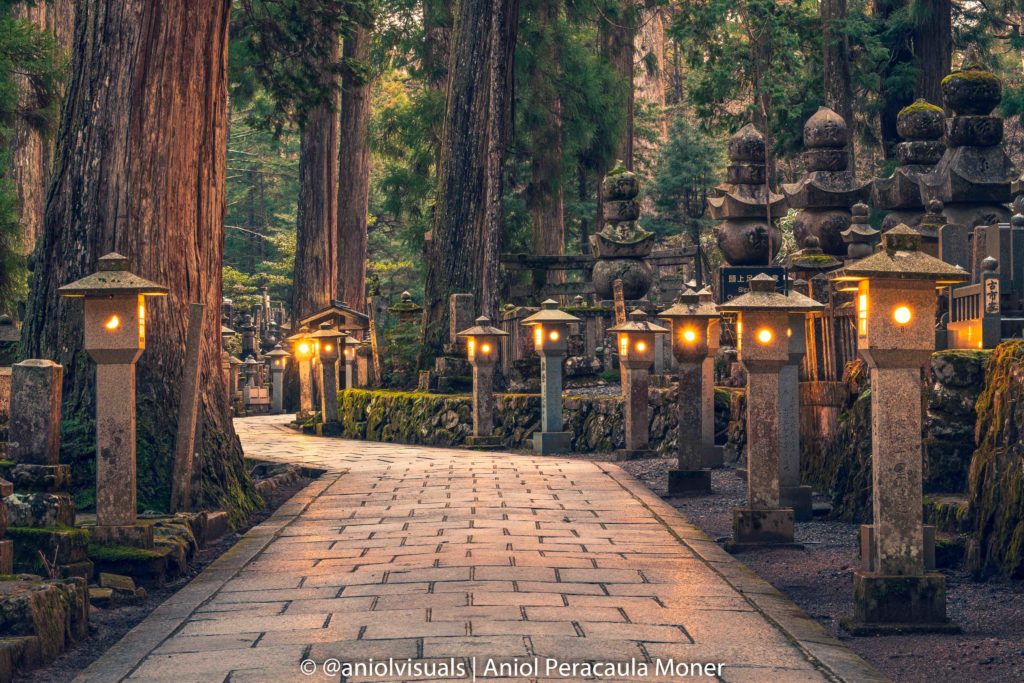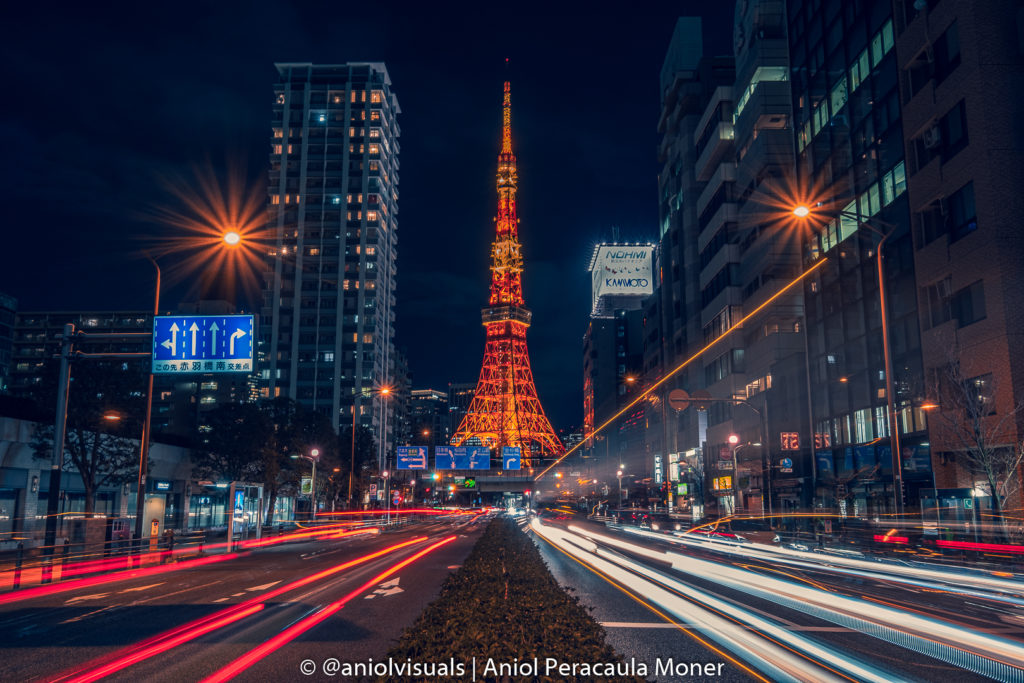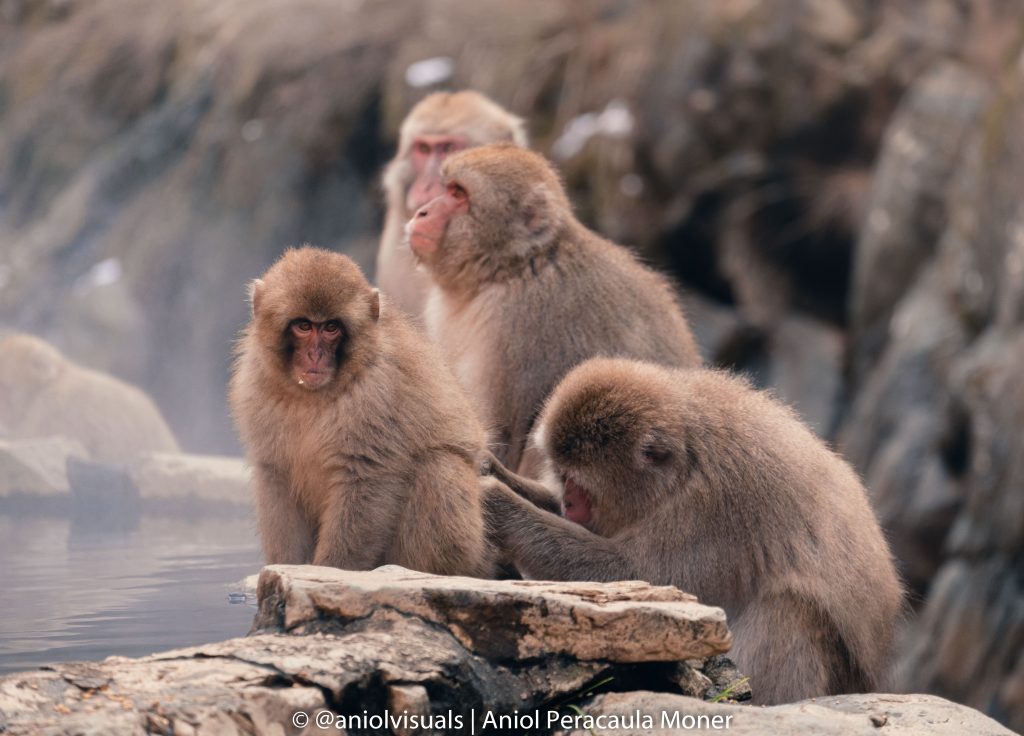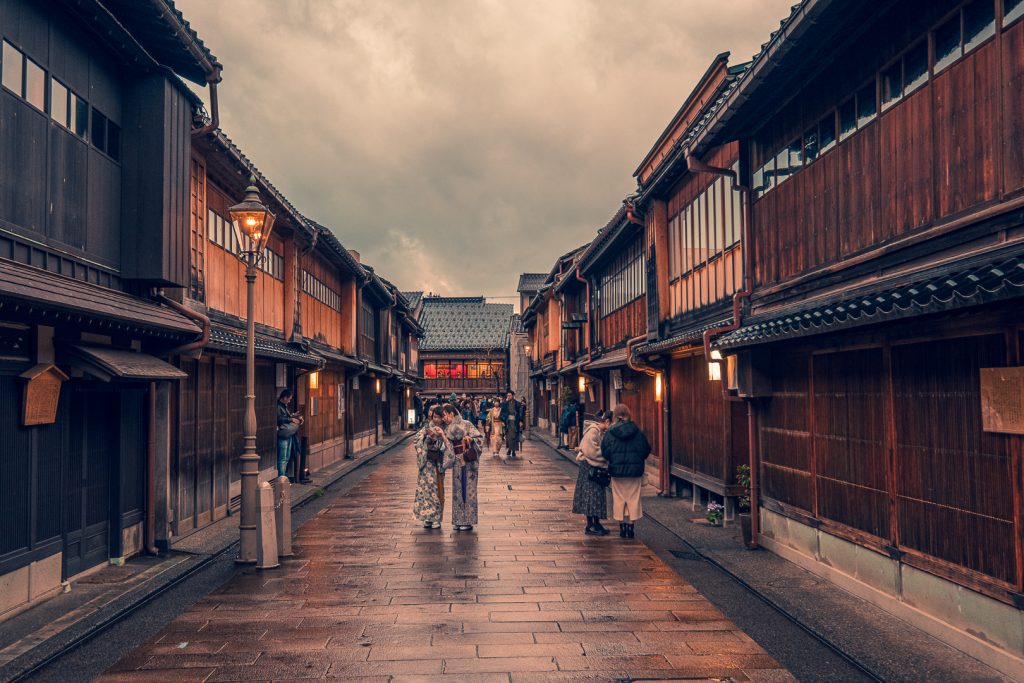What are the photography opportunities in Japan? What material should I take on my Japan photography trip?
Japan is one of the most popular tourist destinations in recent years. The country of the rising sun has attracted the attention of many tourists, photographers and lovers of culture and gastronomy.
There are many things Japan offers visitors, and one of them is the opportunity to photograph places that are very different from what we are used to. Tokyo and its streets, Osaka and its lights, or Kyoto and its temples are some of the most visited places in Japan. But what gear do you need to take good pictures in Japan?
In my month-long trip around the Nippon country, I had the opportunity to practise very different styles of photography. So before you pack the equipment you need for Japan, you have to answer two essential questions: What am I going to visit? and How am I going to travel?
I travel light, very light. I spent 30 days in Japan with an Osprey Farpoint 40 as my only backpack, carrying both my photography material and clothes in it. If you enjoy travelling light, then it will be necessary to prioritize when deciding what to pack. Nonetheless, if you have virtually unlimited space, then feel free to grab every single lens and camera body you want.
Here you can find a list of the most common types of photography one can take in Japan, and the material and lenses that I recommend, based on my first-hand experience. Finally, I will list all the gear I used during my Japan photography trip.
Architecture photography

Temples, skyscrapers and futuristic buildings. This is what you can find in Japan if you are looking for architecture. Together with street photography, this is probably the most common type of photography in Japan.
Here I suggest two completely different lenses. First, a wide-angle lens. To capture some interior areas of temples and tall buildings, the wider the better. However, details matter and Tokyo has multiple observatories from where breathtaking views on some of its more emblematic buildings can be seen. In this second case, a medium-long range telephoto lens would be my choice.
Street photography
From a landscape photographer point of view, street photography is crazy. Hectic, fast and with this feeling of failing to take the photo you had imagined. But Japan, and specifically Tokyo and Kyoto are the places to go for street photography. Scenes, cars, movement, and harmony between the people and their city that can be seen everywhere. Any Japan photography trip will involve some street photography.
If you are going to take photos of others, ask. If you want to avoid asking, then take a medium-range lens, for example, a 35-70mm. Take your time, get lost in the city and enjoy the rainy days in Japan, look for reflections, puddles, and umbrellas.
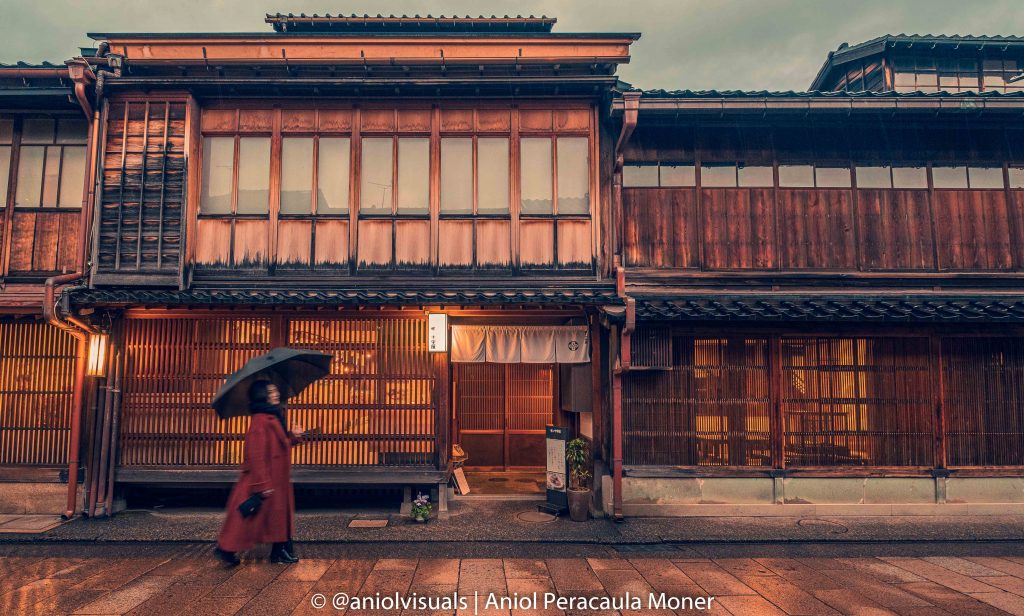
Landscape photography
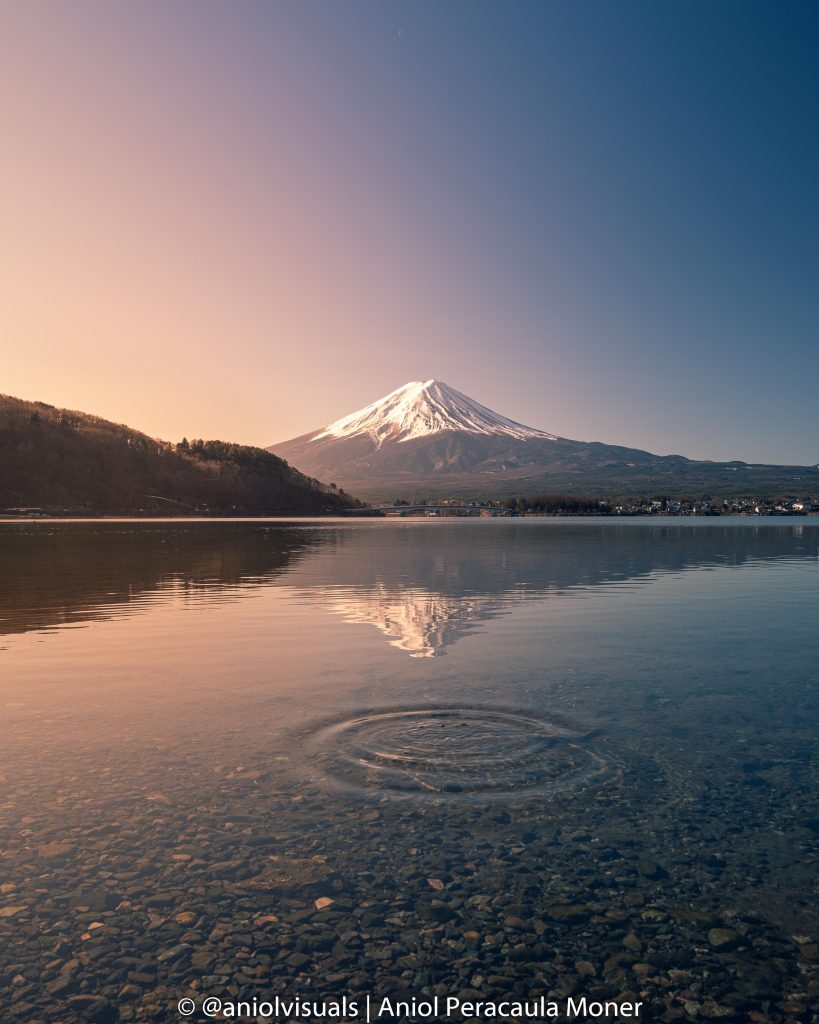
One might think that Japan is not the place for landscape photography. And honestly, you might be right. Cities are everywhere, and without a car, it can be difficult to reach some spots. However, there are lots of amazing areas for landscape photography in Japan. Mount Fuji is likely to be the most famous one, and it was one of the highlights of my trip.
Wide-angle lenses and a high-quality telelens would be my go-to lenses for this specific type of photography.
Wildlife photography
This is a niche. But did you know that close to Nagano you can see monkeys swimming on a natural onsen? This is one of the most well known one-day trips from Tokyo, although if you want to see the monkeys active I strongly recommend sleeping in Nagano or at the village where the Jigokudani Monkey Park is located. However, wildlife photography in Japan does not stop there. Nara and its well-known polite deers are waiting for you as well!
Monkeys run a lot, move fast and hardly ever will stop in front of you. Take your best zoom, patience and lots of SD cards.

Macro photography

One might think that Japan is not the place for landscape photography. And honestly, you might be right. Cities are everywhere, and without a car, it can be difficult to reach some spots. However, there are lots of amazing areas for landscape photography in Japan. Mount Fuji is likely to be the most famous one, and it was one of the highlights of my trip.
Wide-angle lenses and a high-quality telelens would be my go-to lenses for this specific type of photography.
My gear
As I mentioned earlier, I had very limited space. I don’t like carrying a lot, it slows me, and I am a firm believer that it is more important the photographer than the camera or lenses used. This is what I chose to bring on my Japan Photography Trip.
- Fujifilm XT-3 body: I am a mirrorless photographer now. Lighter, smaller and with amazing image quality.
- Fujifilm Fujinon XF 10-24mm F4: my favourite lens ever. Small, light, and sturdy. Almost 70% of the photos I took in Japan were taken with the 10-24.
- Fujifilm Fujinon XF 55-200 F3.5-4.8: I only use this lens with a tripod or in very well illuminated spaces. Very useful for street and wildlife in Japan, this was the main reason I took it. Worth it.
- Fotopro C5i II tripod: I bought this tripod in Japan, during my first day in Tokyo. I needed a tripod, and it was light enough to carry it with me during my whole trip.
- Gobe ND32, ND1000, CPL: a set of ND filters, very useful for daylight long exposure photography and to avoid reflections at some observatories.
- 72-62mm adaptor: Adaptor for the ND filters for both of the lenses I took.
- Endless SD cards.
- 3 Batteries.
I did not bring a lot of gear, but I used everything I brought. If I had to take one extra lens, with retrospective I would take a 35mm, because the jump between 24 and 55mm forced me to some creativity when taking some photos.
If you want to see more of my work in Japan or any other of my trips, visit my Instagram! And f you have any question, or you want to use my photos, contact me via the contact form or aniolvisuals@gmail.com.
